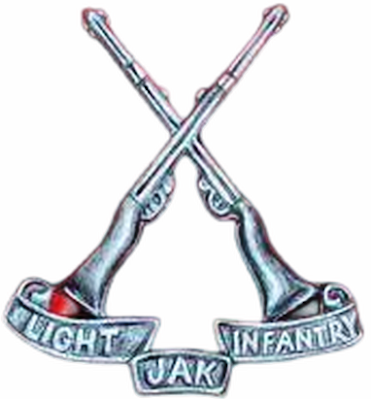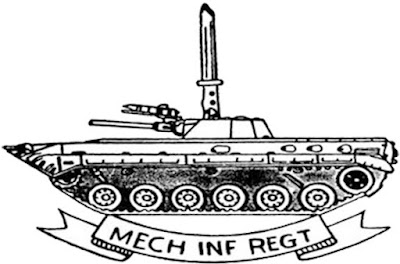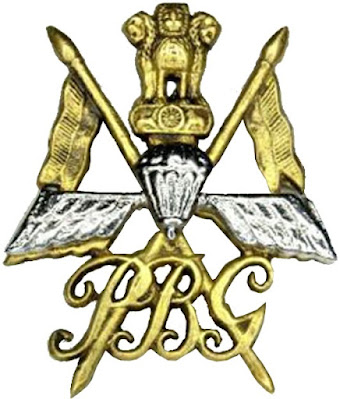NESTLE INDIA LTD

NESTLE INDIA LTD The brown logo of Nestle India Ltd has evolved from its family’s coat of arms as a trademark with a single bird to its current form of three birds and a nest over the years of its existence. In German it means ‘nest’. The current logo has a mother bird feeding two young birds in a nest on a branch with a leaf, thereby creating a visual connection with its cereal products for infants. The name of the company is written below the pictorial using sans serif type in capital and lowercase with round corners and ‘N’ having an elongated horizontal stroke.
.png)



